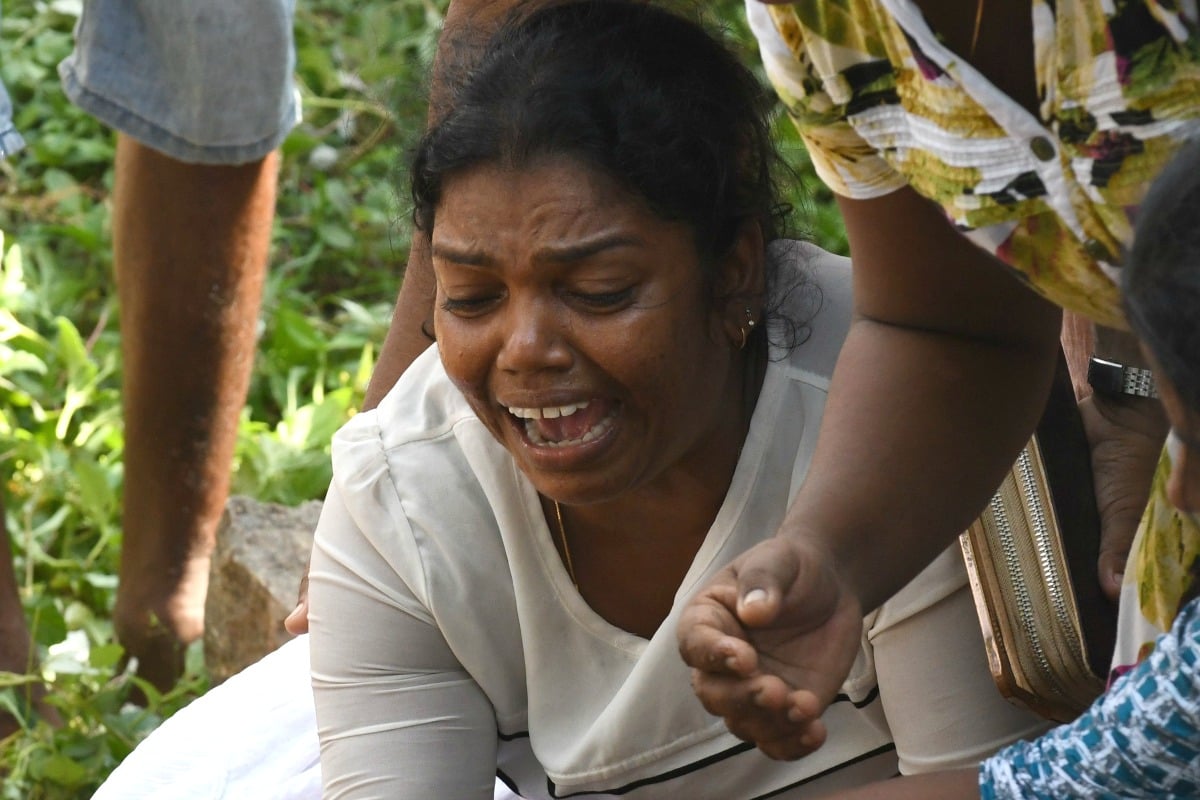
As a rooftop burned in Paris, footage was broadcast all over the world.
The fire engulfed bricks and timber, claiming the spire that had stood at the centre of the 4th arrondissement of Paris for centuries.
As people grieved, and billionaires pledged money we didn’t know they had, it felt for a moment like we were in the midst of a human tragedy, rather than an architectural one.
With nuts and bolts and wood and stone, the ceiling of Notre Dame will be rebuilt.
Such hope does not exist in Sri Lanka.
On Easter Sunday, six coordinated terror attacks were orchestrated in the commercial capital of Colombo.
Three Christian churches and three luxury hotels were targeted by suicide bombers, who blew the buildings to shreds.
But in Colombo, it was more than bricks and timber.
The death toll has risen to 359, and more than 500 are seriously injured.
Anders Holch Povlsen, Denmark’s richest man, and his wife Anne Storm Pedersen lost three of their four children.
Sri Lankan TV chef Shantha Mayadunne and her daughter Nisanga were killed in the blast in the Shangri-La hotel, where they had taken a photo together moments earlier.
An entire family, including a seven-year-old girl and a one-year-old boy were murdered at St Anthony’s Shrine. They’d heard news of explosions and were looking for relatives when the bomb went off.
And in the 24 hours after the incident the world went, relatively speaking, quiet.
Google trends shows that the terms ‘Notre Dame fire’ were searched seven times more often than the terms ‘Sri Lanka’ in the hours after the events.
No billionaires have emerged, pledging to donate millions to rebuilding Sri Lanka. There has been no viral hashtag, or social media outcry in the same way there was when we nearly lost a cathedral.




























































































